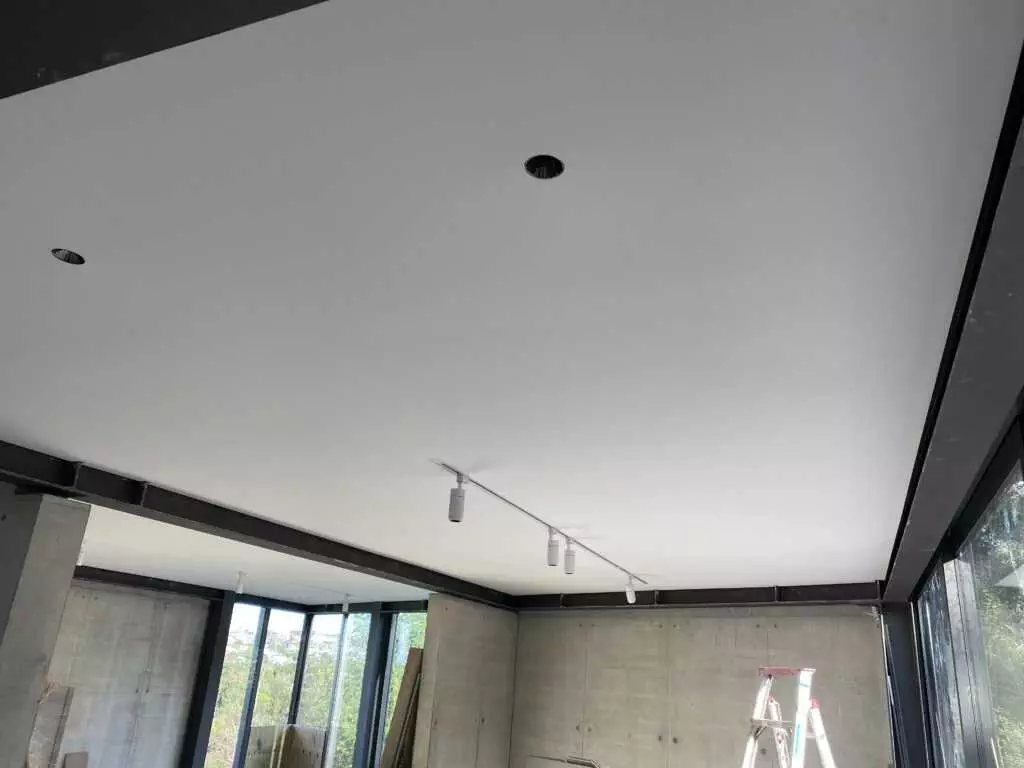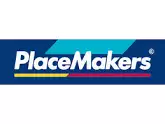Let talk follow your way!
Best price High quality Quick & efficient
Let talk follow your way!
Best price High quality Quick & efficient
GIB® Fixing and Stopping are typical terminologies in the world of interior plastering.
These terminologies will come up when you choose a qualified GIB® stopping in Auckland like Pro Fixing® to renovate your home, build a new home, do wall decorations and painting, and other similar situations.
But what exactly do they imply, and how do they work?
GIB® plasterboard is an ecological, non-toxic, biodegradable product created from 100% recycled paper and natural gypsum. It helps builders and designers to meet fire safety, acoustic insulation, and thermal efficiency requirements.
GIB® board is primarily used for the building of interior walls and ceilings.
Let’s break it down in simple terms.
The installation of GIB® or plasterboard on a ceiling or wall is known as GIB® Fixing. A GIB® fixer is a professional tasked to complete this installation project, repair any damages, dents, or holes, and smooth the ceiling or walls.
GIB® Fixing will be a part of the plasterboard installation process on your walls if you renovate or build a new home.
If you hire dedicated and experienced professionals, your walls and ceilings may achieve the smoothest possible finish.
The installation of GIB® takes a long time. Before choosing a GIB® fixing & stopping expert, you must first prepare the substrate and make it as flat as possible after selecting the type of GIB®.
Then you must cut and attach the pieces according to the specifications. It would help if you designed the layout so that no end joints form.
The battens should be fixed at right angles to the trusses and joists, and the plasterboards should be fixed at right angles to the battens.
Starting at the ceiling-to-wall junction, apply glue daubs to the battens. Wedging T-braces between the joints will help support the sheets as you raise them.
Then screw the sheet in place, securing the sheet’s centre to each batten and either edge. You’ll have to work on back-blocking if you can’t avoid the end joints. It is the last stage in the GIB® fixing process.
Wall skimming, internal plaster, texture removal, and interior painting are steps in the plasterboard installation process, including GIB® Stopping. Using GIB® stopping, you can achieve a smooth and sharp finish on your plasterboard walls and ceilings. After that, the GIB® boards will be ready to be decorated.
The first layers of this procedure are bedded with high sticky internal plaster. Following that, further coats are applied to get the flattest feasible contour.
You then must cover the joints in a sandable GIB® stopping compound to provide a smooth texture. To make the sand finer, use a high-powered halogen light after sanding.
Then, after painting, touch up any marks that may have appeared. The plastering supervisor will overlook nothing with a second light check (or spot-check).
The GIB® mending and halting processes should always be left in the hands of professionals. It is not impossible to do the installation on your own.











